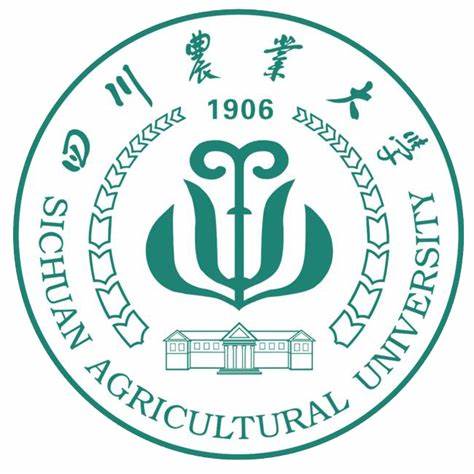A promising QTL QSns.sau-MC-3D.1 likely superior to WAPO1 for the number of spikelets per spike of wheat shows no adverse effects on yield-related traits
作者: 刁圣轩 审稿人:魏育明 时间: 2023-09-07 点击次数:次
https://link.springer.com/article/10.1007/s00122-023-04429-4
Theoretical and Applied Genetics,volume136, Article number:181(2023)
Jieguang Zhou,Wei Li,Yaoyao Yang,Xinlin Xie,Jiajun Liu,Yanling Liu,Huaping Tang,Mei Deng,Qiang Xu,Qiantao Jiang,Guoyue Chen,Pengfei Qi,Yunfeng Jiang,Guangdeng Chen,Yuanjiang He,Yong Ren,Liwei Tang,Lulu Gou,Youliang Zheng,Yuming Wei&Jian Ma
Abstract
Key message
A likely new locusQSns.sau-MC-3D.1associated with SNS showing no negative effect on yield-related traits compared toWAPO1was identified and validated in various genetic populations under multiple environments.
Abstract
The number of spikelets per spike (SNS) is one of the crucial factors determining wheat yield. Thus, improving our understanding of the genes that regulate SNS could help develop wheat varieties with higher yield. In this study, a recombinant inbred line (RIL) population (MC) containing 198 lines derived from a cross betweenmsfand Chuannong 16 (CN16) was used to construct a genetic linkage map using the GenoBaits Wheat 16 K Panel. The genetic map contained 5,991 polymorphic SNP markers spanning 2,813.25 cM. A total of twelve QTL for SNS were detected, and two of them, i.e.,QSns.sau-MC-3D.1andQSns.sau-MC-7A, were stably expressed.QSns.sau-MC-3D.1had high LOD values ranging from 4.99 to 11.06 and explained 9.71–16.75% of the phenotypic variation. Comparison ofQSns.sau-MC-3D.1with previously reported SNS QTL suggested that it is likely a novel one, and two kompetitive allele-specific PCR (KASP) markers were further developed. The positive effect ofQSns.sau-MC-3D.1was also validated in three biparental populations and a diverse panel containing 388 Chinese wheat accessions. Genetic analysis indicated thatWHEAT ORTHOLOG OFAPO1(WAPO1) was a candidate gene forQSns.sau-MC-7A. Pyramiding ofQSns.sau-MC-3D.1andWAP01had a great additive effect increasing SNS by 7.10%. Correlation analysis suggested thatQSns.sau-MC-3D.1was likely independent of effective tiller number, plant height, spike length, anthesis date, and thousand kernel weight. However, the H2 haplotype ofWAPO1may affect effective tiller number and plant height. These results indicated that utilization ofQSns.sau-MC-3D.1should be given priority for wheat breeding. Geographical distribution analysis showed that the positive allele ofQSns.nsau-MC-3D.1was dominant in most wheat-producing regions of China, and it has been positively selected among modern cultivars released in China since the 1940s. Gene prediction, qRT-PCR analysis, and sequence alignment suggested thatTraesCS3D03G0216800may be the candidate gene ofQSns.nsau-MC-3D.1. Taken together, these results enrich our understanding of the genetic basis of wheat SNS and will be useful for fine mapping and cloning of the gene underlyingQSns.sau-MC-3D.1.


